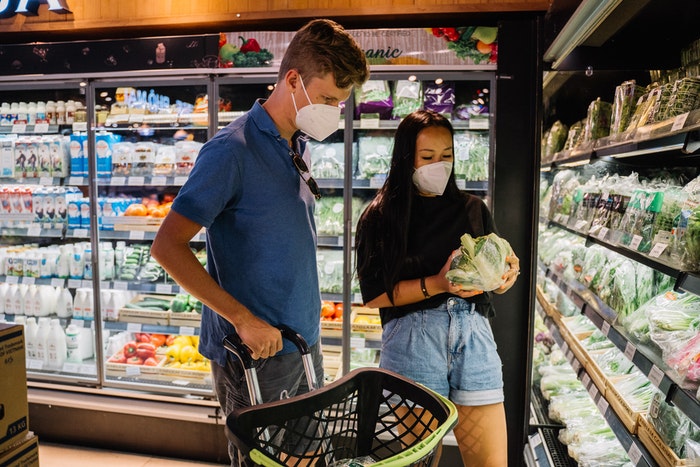
HEALTH
Craig Gundersen, Baylor University
The U.S. Department of Agriculture is set to permanently increase the value of Supplemental Nutrition Assistance Program benefits by 25% above pre-pandemic levels in October 2021.
It’s the biggest change since 1979 to this anti-hunger program, commonly known as SNAP, which currently helps over 40 million Americans.
I’m a scholar who analyzes the causes and consequences of food insecurity, the technical term for when people can’t obtain the food they need for a balanced diet. I believe ramping up SNAP is sure to reduce the number of Americans experiencing food insecurity– a projected 45 million in 2020.
Previous research I conducted with other experts suggests that the planned increase, from US$121 to $157 per person for a family of four, could cut food insecurity among SNAP recipients by 50%.
What’s more, prior modeling indicates that in 79% of U.S. counties, people enrolled in SNAP will be able to purchase what they need to eat a balanced diet – a vast improvement. Previously, this was the case in only 4% of counties.
This increase in SNAP benefits would still not lead to a food-secure diet in many places because of high local food prices.
At the same time, there are more steps the government can take to end U.S. food insecurity.
Modeling a more expansive approach to SNAP
The government is making this change by evaluating and updating the U.S. Department of Agriculture’s Thrifty Food Plan, which estimates what a family of four needs to buy the groceries required for a balanced diet. This calculation, in turn, guides how the government sets benefits.
Currently, there are three groups of Americans experiencing food insecurity: SNAP recipients who need higher benefits to get all the food they need, people who are eligible for SNAP but aren’t currently enrolled in the program, and people who don’t meet its requirements.
The planned boost in benefits will make a difference for those already getting benefits. And it could help entice people who have not yet enrolled in the program to do so because higher benefits might make them less hesitant to deal with the paperwork and more willing to experience the stigma associated with enrolling in the program. Eliminating food insecurity in the U.S., as I suggested in a recent paper, would require a larger expansion in both benefit levels and eligibility.
A universal basic income approach to SNAP
I’m proposing that SNAP be reconfigured as a universal basic income program. That is, the government could give all Americans benefits that enable them to purchase what they need for a balanced diet. And I have modeled three different ways this new approach might be implemented.
The first model would entail giving everyone the same benefit, regardless of their income. I calculated that giving everyone the maximum SNAP benefit level per month – $680 for a family of four in 2020 – would reduce food insecurity by 89% and cost $730 billion a year. This is almost 10 times higher than current spending levels.
However, there are about 200 million Americans who do not run much or any risk of food insecurity. So I also modeled what would happen if the government only gave SNAP benefits to households with incomes up to 400% of the poverty line – roughly $100,000 for a family of four. I estimate that giving these people, about 55% of all Americans, the maximum SNAP benefit every month would reduce food insecurity by 89% and cost $409 billion.
One problem with those two models is that the impact on food insecurity for the people who already participate in SNAP is limited, and that seems contrary to the point of expanding this social safety net program. One way to correct for this is to also increase SNAP benefits from the current rate by $42 per week – the average extra amount of money the program’s participants need to no longer experience food insecurity. This would be slightly larger, on average, than the upcoming increase in SNAP benefits.
With both of these adjustments in place, my modeling shows that it would cost the government a total of $564 billion to take a much more expansive approach to SNAP. Despite this being less expensive than a full-fledged universal basic income approach for SNAP, it would usher in a steeper decline in food insecurity – reducing it by an estimated 98%.
In other words, it would nearly eliminate food insecurity in the U.S.
Craig Gundersen, Professor of Economics, Baylor University
This article is republished from The Conversation under a Creative Commons license. Read the original article.
